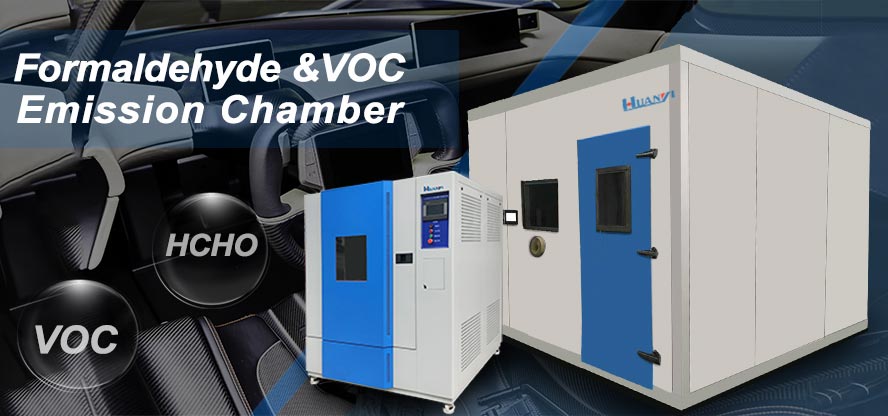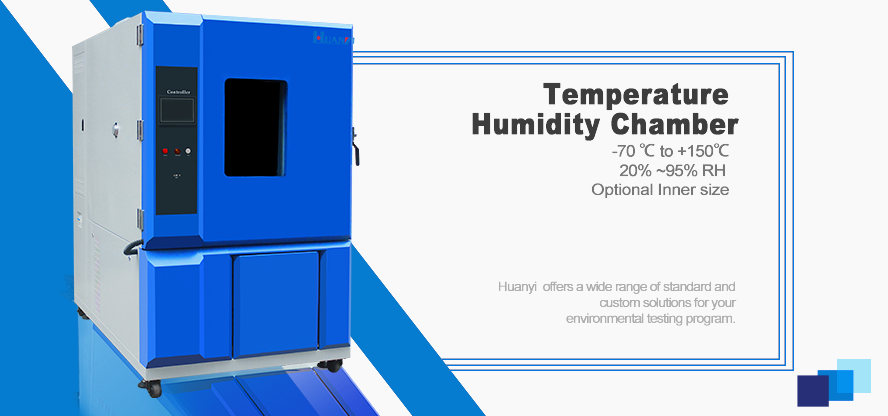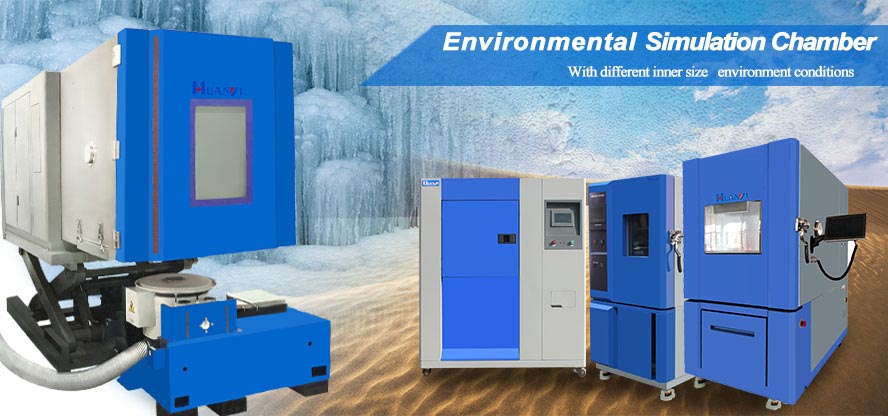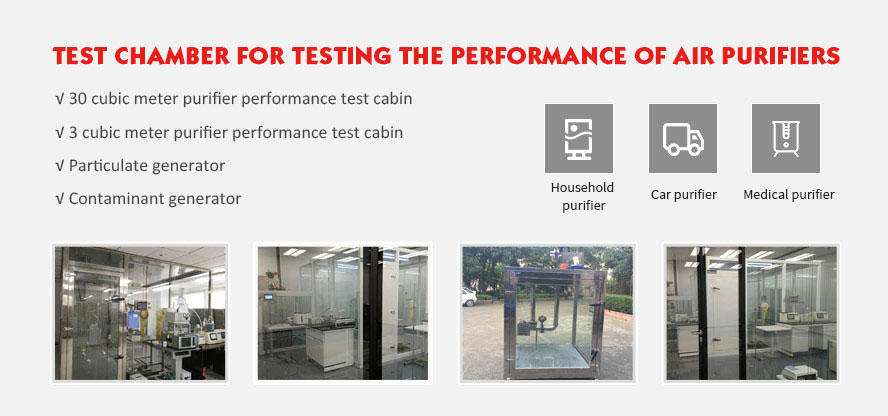Selecting an Environmental Test Chamber about Temperature Change Rate
The requirements for temperature change rates continue to get faster and faster. It is not uncommon to see a 10°C, 15°C, or 20°C/min Figure 3. Standard Humidity Performance change rate specified. By incorporating faster change rates, total test time can be reduced. Products also can be thermally stressed at faster change rates to identify reliability problems. However, be careful assuming the part temperature is changing at the same rate as the air.
Every chamber manufacturer has different airflow volumes inside their chambers. The airflow must have enough volume to support the refrigeration system. The typical air velocity in most reach-in chambers is approximately 100 ft/min through the work space. This velocity works well for steady-state and temperature cycling testing. However, the part temperature will lag behind the air temperature with this airflow.
Air velocity across the part should be much higher to keep it closer to the chamber air temperature during transitions. Typically, 500 ft/min or more is required to move the part temperature at a similar rate to the air temperature. It is a necessity in thermal shock applications to have airflow this high.
For most temperature and humidity applications, the airflow in reach-in chambers is adequate for the test. As the temperature is raised or lowered in the chamber, the air expands and contracts. Since the chamber is a sealed compartment with the exception of a small drain, the expansion and contraction of the air cause positive and negative pressure to be generated.
When the air temperature in the chamber is changed quickly (10°C, 20°C, 30°C/min), more than 0.25 psi differential can be created. This does not sound like a lot, but over a large surface like a chamber wall, the pounds of force can become large. For example, a 32 ft2 chamber has a side wall that is 38s × 50s (1,900 in.2) 1,900 in.2 × 0.25 lbf/in.2 = 475 lb of force exerted on the wall, this force actually will be exerted on all the walls.
To offset this reaction, most manufacturers install some type of pressure-relief vent. The vents normally are closed to limit the infiltration of outside air during operation. When a fast transition is started, the vent either will draw in outside air for a pull-down or exhaust chamber air during a heat-up.
By allowing the chamber to breathe, the force on the walls is greatly reduced. It still is not uncommon to see the walls deflect in or out during a fast transition. Since this movement stresses the construction of the chamber, it is imperative that the chamber be well built.









